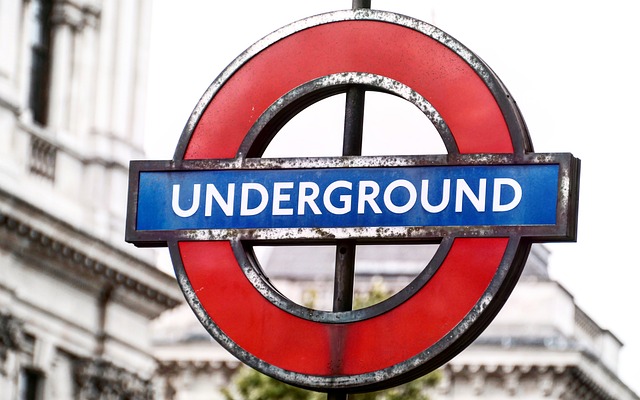In infrastructure development, prioritizing safety and efficiency demands a focus on underground utilities. Verified data and advanced technologies like vacuum excavation and hydro excavation are crucial for accurate mapping and exposure of utility lines before construction. These non-destructive methods minimize damage, reduce service disruptions, and enable precise utility location, enhancing project timelines, cost-effectiveness, and environmental impact in complex urban areas. Professional utility potholing services leverage these modern techniques to provide safe and efficient subsurface utility potholing, ensuring critical infrastructure remains intact and operations uninterrupted.
In today’s digital era, infrastructure development relies on accurate and reliable data to ensure projects are safe, efficient, and cost-effective. Verified data plays a crucial role in this process, guiding decisions from planning to excavation. This article explores the significance of verified data and its symbiotic relationship with utility potholing services. We delve into how professional utility potholing, including vacuum excavation potholing and hydro excavation potholing, facilitates safe and precise excavation, ultimately enabling efficient subsurface utility location and reducing utility line exposure.
Understanding the Importance of Verified Data in Infrastructure Development
In the realm of infrastructure development, ensuring the safety and efficiency of critical underground utilities is paramount. This is where verified data plays a pivotal role, guiding every step from planning to execution. By integrating advanced technologies like vacuum excavation potholing and hydro excavation, professionals can accurately map and expose utility lines before any construction begins. This non-destructive approach, often referred to as subsurface utility potholing, offers numerous advantages over traditional methods. It minimizes damage to existing infrastructure, reduces the risk of service disruptions, and facilitates precise utility location.
Moreover, utilizing professional utility potholing services enhances project timelines and overall cost-effectiveness. With reliable data on hand, contractors can avoid costly mistakes, such as damaging gas lines or water mains. This is especially crucial in bustling urban areas where navigating complex utility networks is a challenge. Verified data empowers infrastructure developers to make informed decisions, ensuring projects are completed safely, efficiently, and with minimal impact on the surrounding environment.
The Role of Utility Potholing Services in Safe and Precise Excavation
Utility potholing services play a pivotal role in ensuring safe and precise excavation for infrastructure development projects. These professional utility potholing techniques, such as vacuum excavation potholing, offer a non-destructive approach to uncovering underground utilities, including critical lines like water, gas, and electricity. By employing hydro excavation potholing or vacuum excavation technologies, project managers can accurately identify and map the location of subsurface utilities before any physical damage occurs.
This method allows for precise utility line exposure, enabling construction teams to work around these essential services without the risk of disrupting vital operations or endangering public safety. With their advanced capabilities, professional utility potholing services contribute significantly to project efficiency, minimising potential risks and delays associated with traditional excavation methods.
Advanced Techniques: Vacuum Excavation and Hydro Excavation for Non-Destructive Potholing
In the realm of infrastructure development, advanced techniques like vacuum excavation and hydro excavation are transforming the way utility potholing services are performed. These non-destructive potholing methods offer a safer and more precise approach to exposing underground utility lines, crucial for professional utility potholing operations. By employing vacuum excavation potholing, contractors can carefully lift and remove loose soil without damaging sensitive underground infrastructure, ensuring critical assets remain intact.
Hydro excavation potholing further enhances safety and accuracy by using high-pressure water and a vacuum system. This innovative technique swiftly identifies and locates subsurface utilities, enabling precise utility location. As a result, utility line exposure is conducted efficiently, minimizing disruptions to the surrounding area. These modern methods not only streamline projects but also reduce the risk of costly mistakes, making them indispensable for any comprehensive infrastructure development plan that prioritises safety and reliability.
Benefits of Professional Utility Potholing for Efficient Subsurface Utility Location
Professional utility potholing services offer numerous benefits for efficient subsurface utility location. This non-destructive method, also known as vacuum excavation potholing or hydro excavation potholing, allows for precise identification and exposure of underground utility lines. By employing advanced technology, such as high-pressure water jets and powerful vacuums, these services can accurately map out critical infrastructure without causing damage.
This approach ensures safe potholing practices, minimizing the risk of service disruptions and potential hazards associated with traditional excavation methods. With utility line exposure, maintenance teams gain clear visibility into the subsurface landscape, enabling them to plan repairs or construction projects with utmost care. Thus, professional utility potholing promotes not just efficiency but also safety in infrastructure development.
In conclusion, leveraging verified data and employing advanced techniques like vacuum and hydro excavation through professional utility potholing services is pivotal for ensuring safe and precise excavation. This approach not only minimizes damage to underground utilities but also enhances efficiency in subsurface utility location. By adopting these practices, infrastructure development can be streamlined while prioritizing safety and reducing the risk of costly exposure of utility lines.
